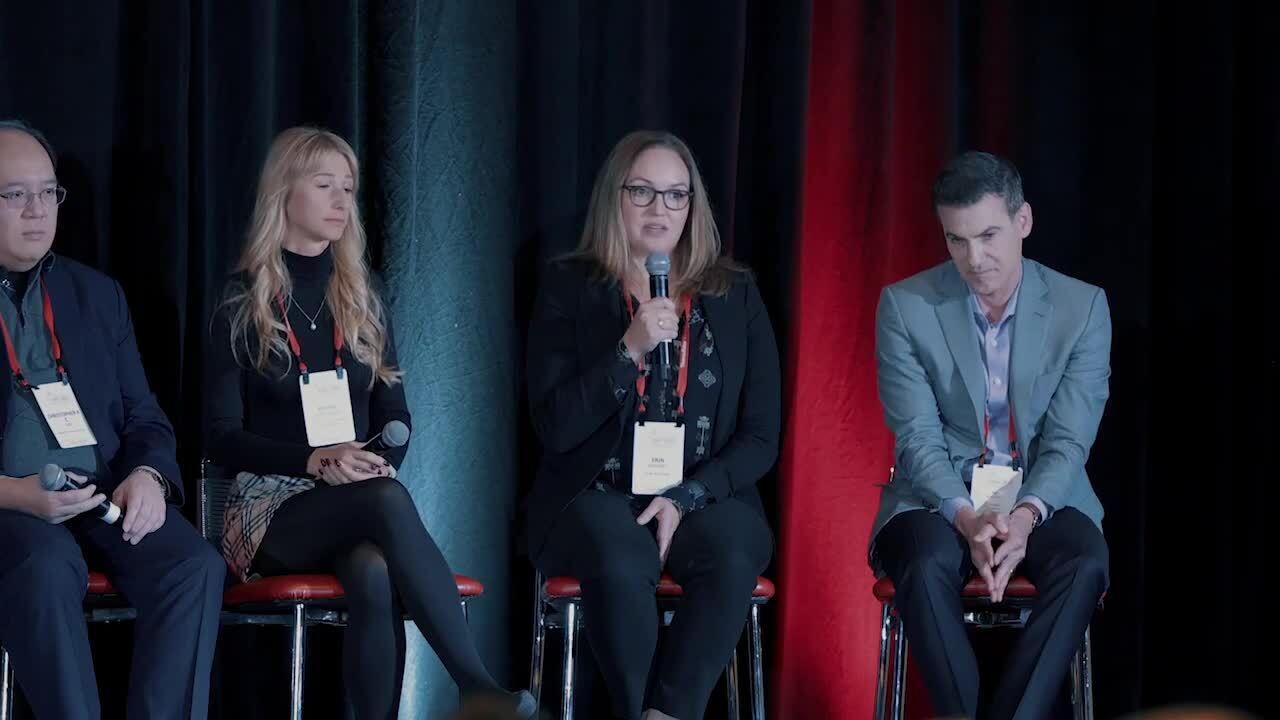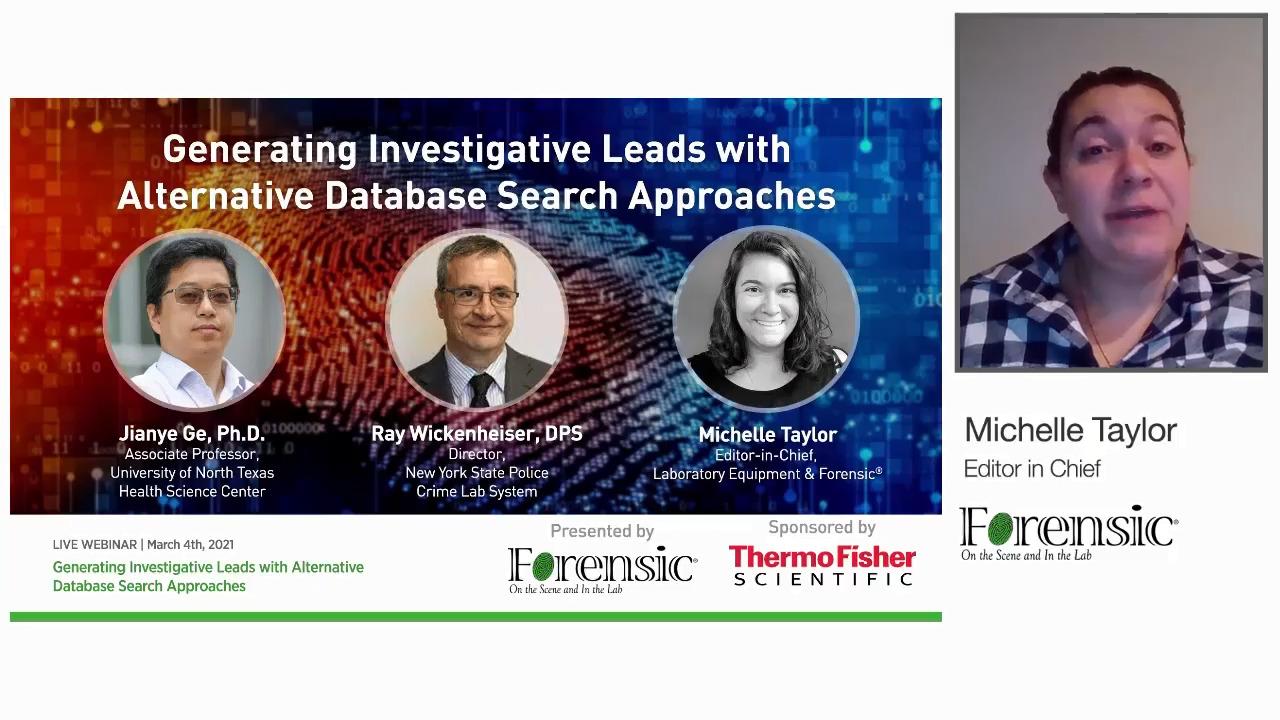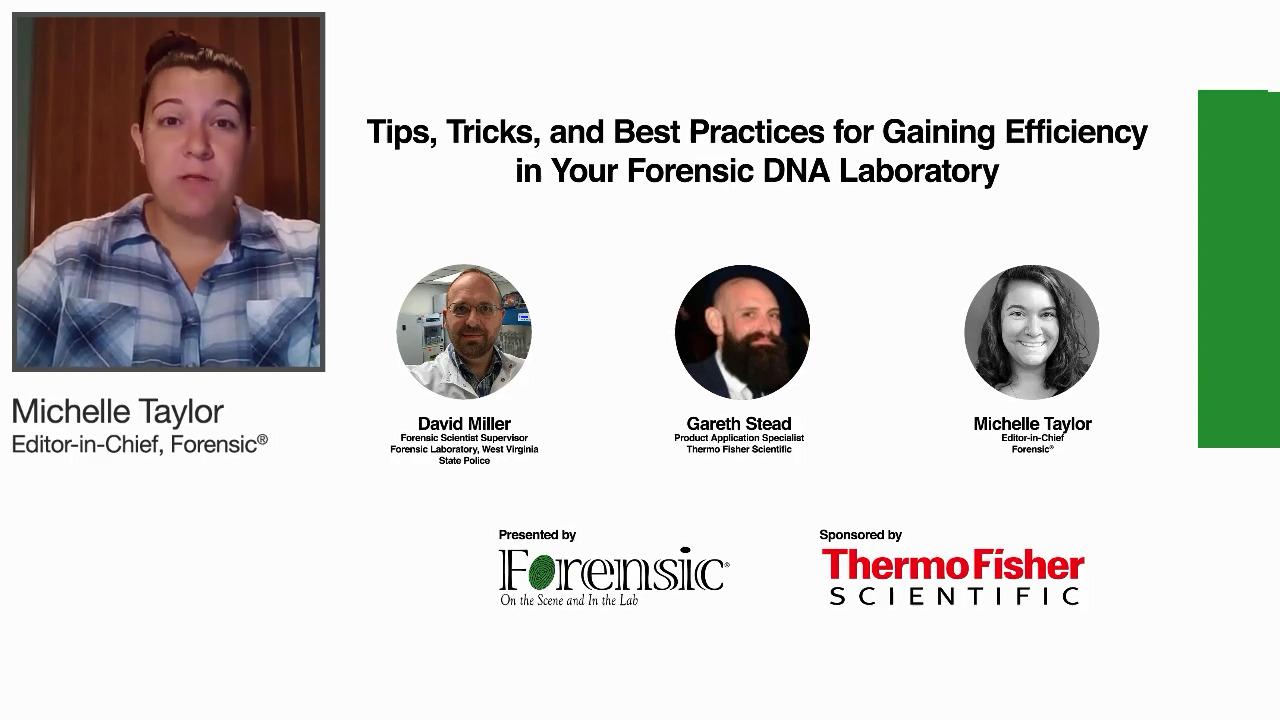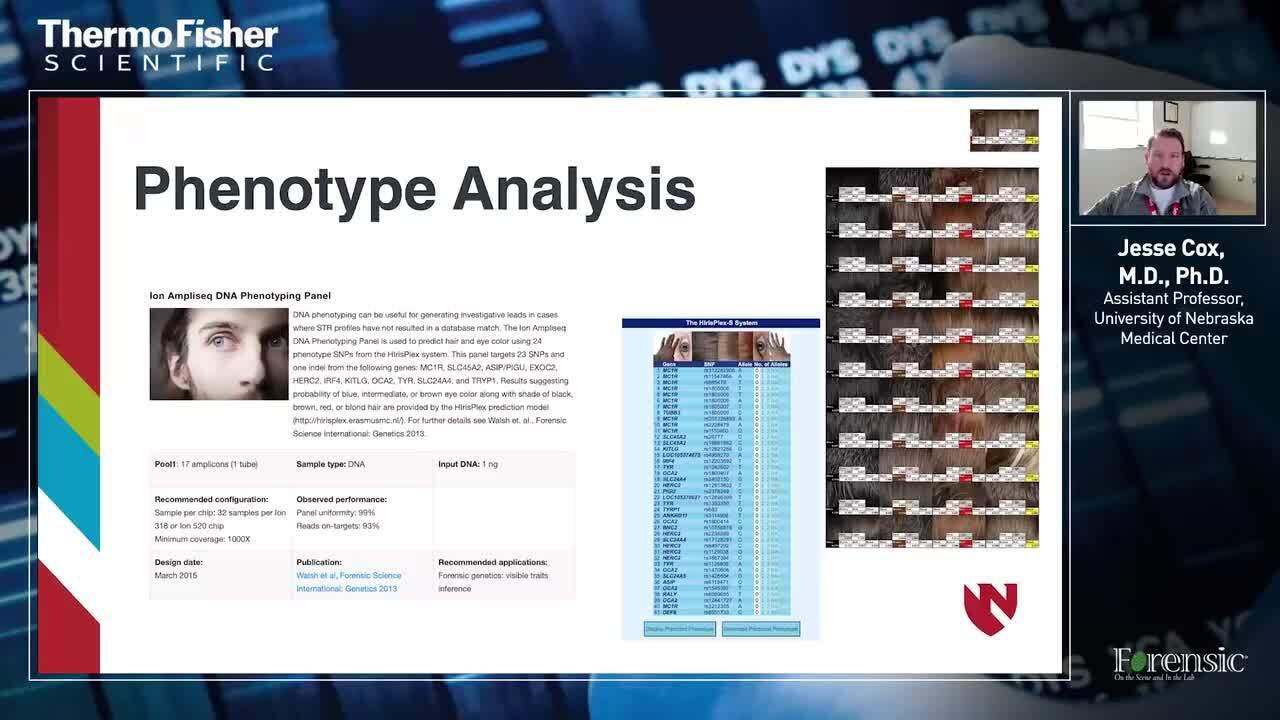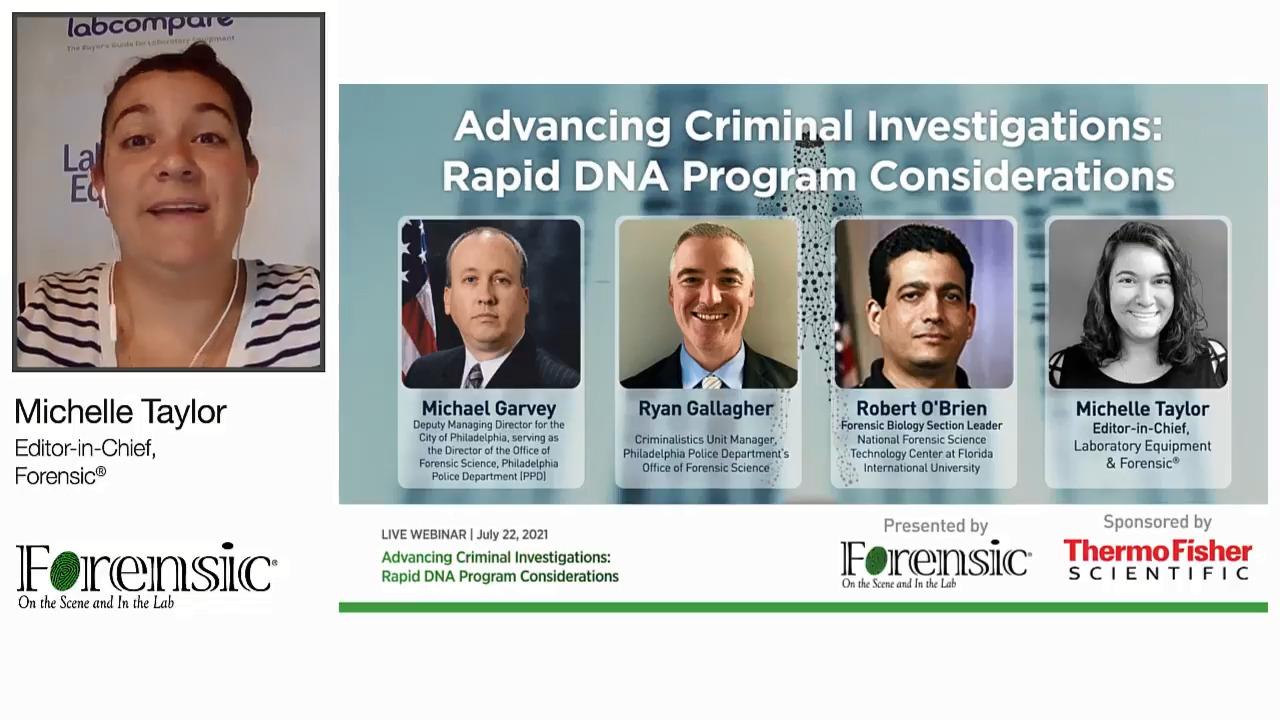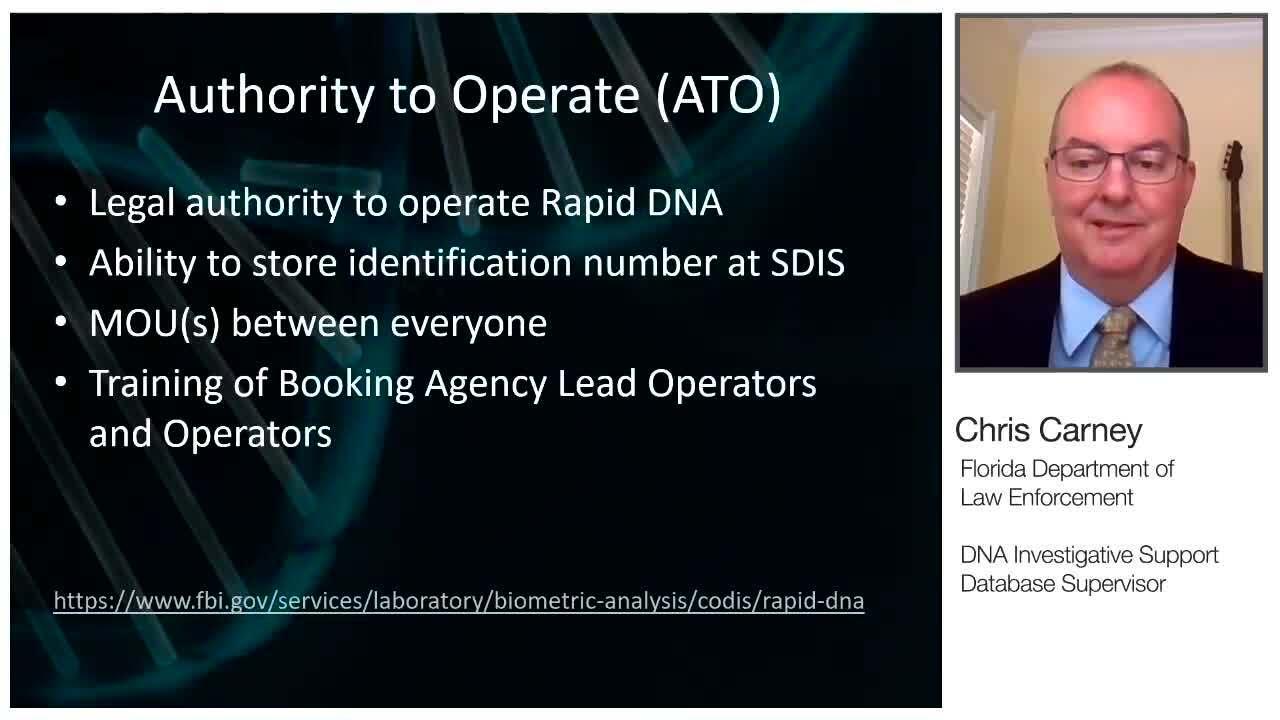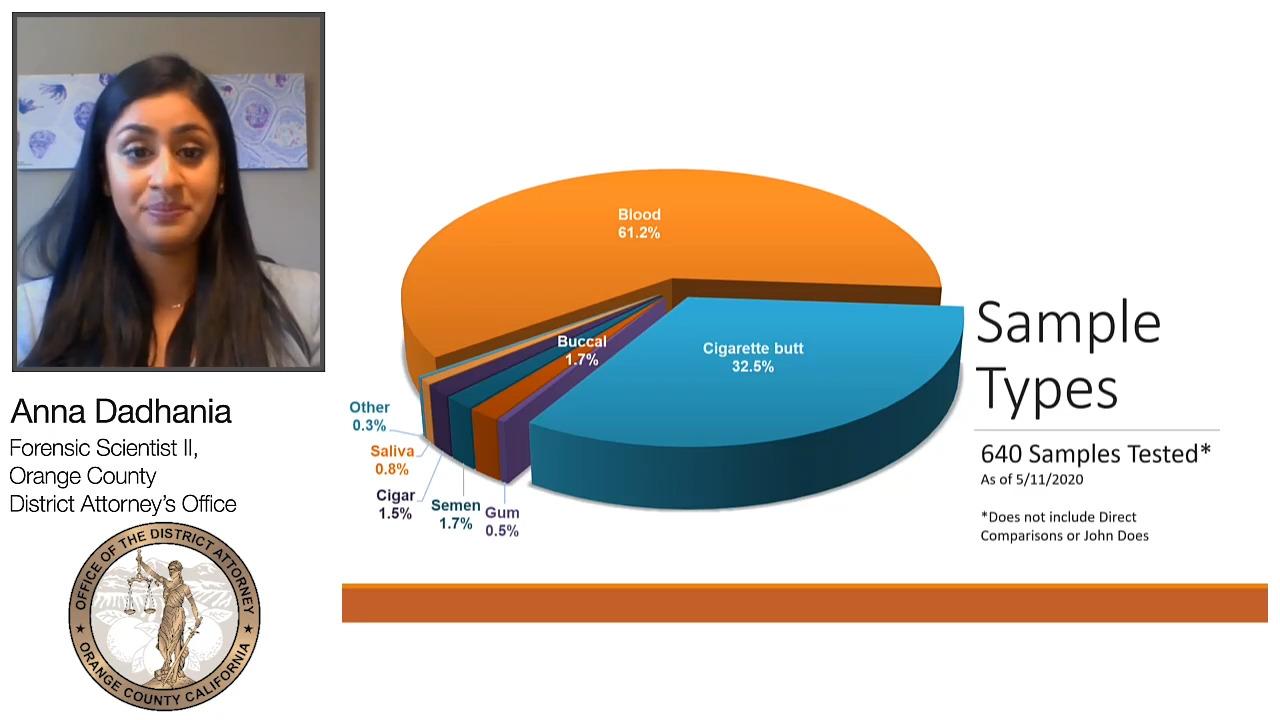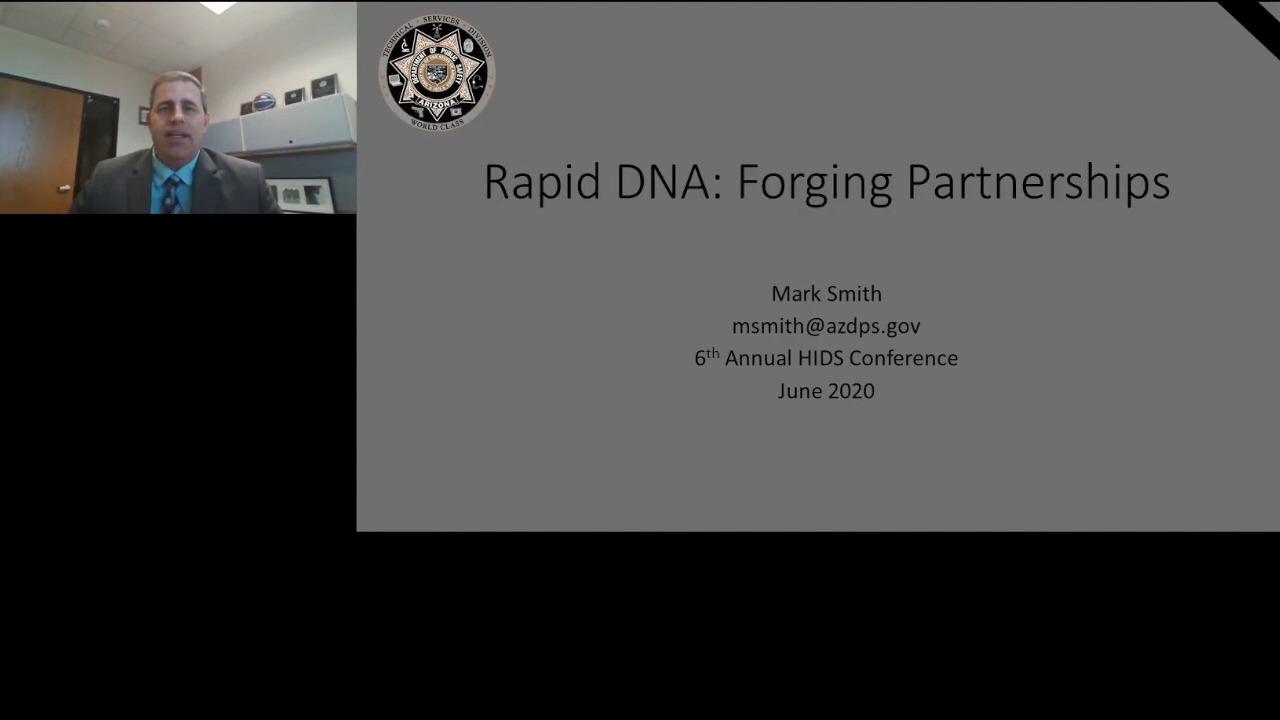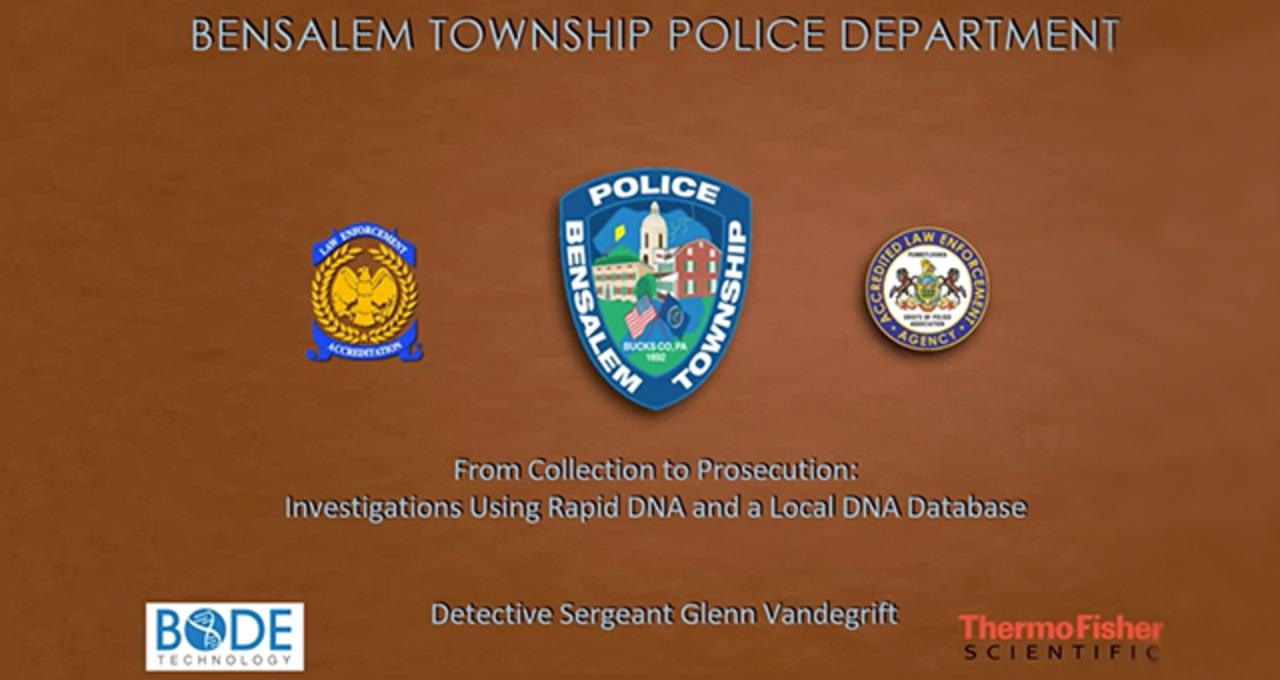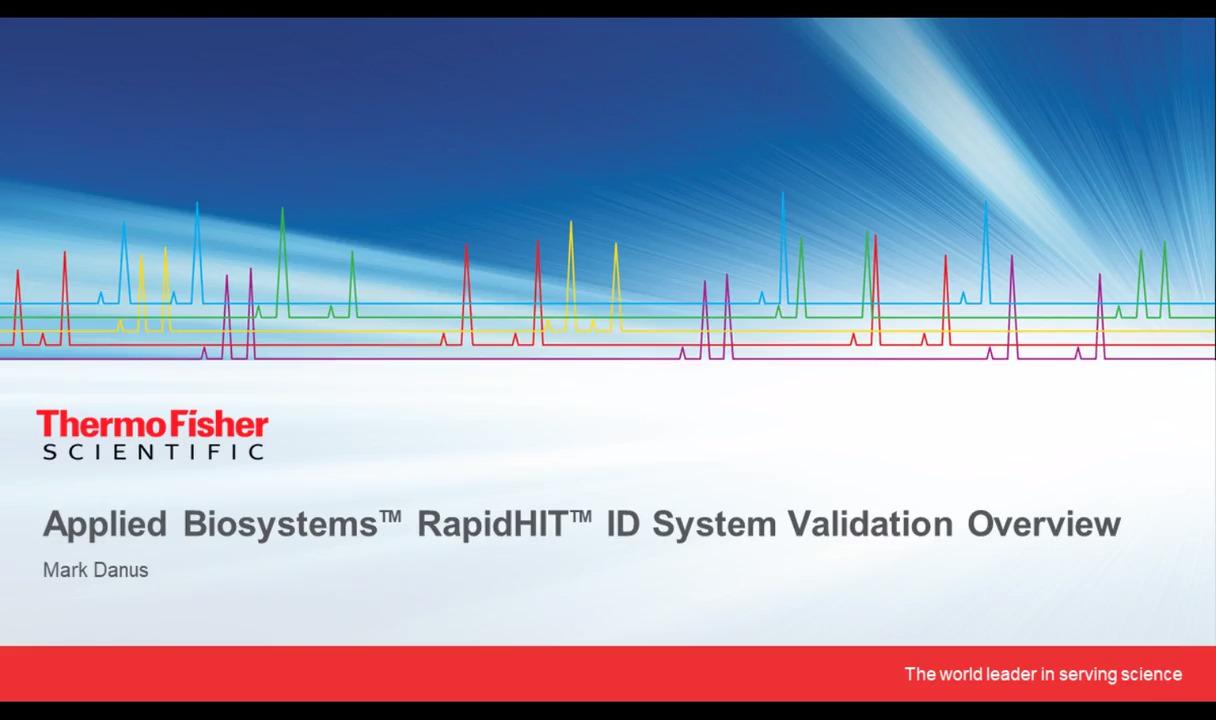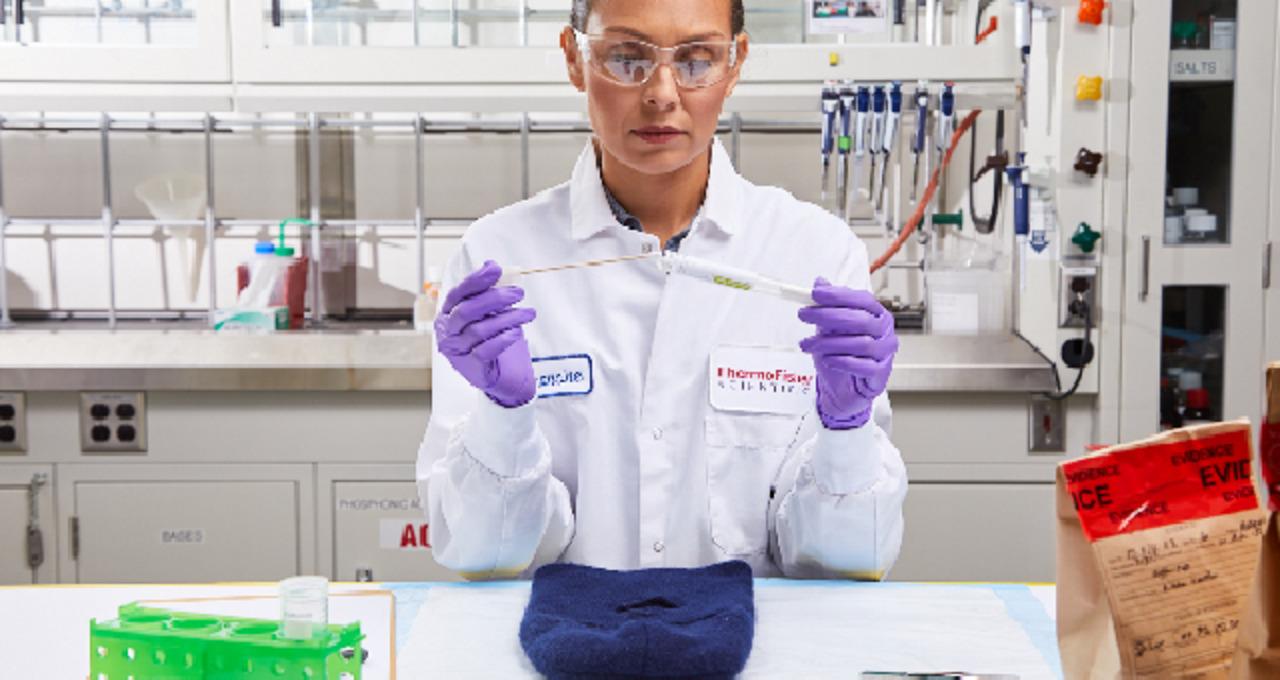Learn from the experts and thought leaders in forensic science. The webinars below are designed to introduce you to new technologies and applications in STR analysis, rapid DNA, and NGS that are advancing forensic DNA analysis.
Traditional forensic DNA analysis webinars
Doing More with Less: New Approaches to Gaining Lab Efficiency
For decades, forensic DNA labs around the world have employed the same tried-and-true processes, and while they work, they may not be able to support the ever-growing number of casework samples. Hear case studies that illustrate how forensic DNA laboratories have embraced new approaches to reduce backlog, improve turnaround times, and increase efficiency.
The Evolution of Forensic Genetics
At ISFG 2022, global experts discussed the evolution of forensic genetics. This panel discussion focused on touch DNA interpretation and activity level propositions, alternative markers, new technologies, responding to mass disasters and war crimes, and the expanded use of DNA databases.
Expanding the Power of Forensic DNA Databases
Offender DNA database programs are the most effective crime fighting technology available to law enforcement. This webinar will share inspiring stories illustrating the extraordinary power of this tool, and review the latest trends in DNA database program expansion throughout the world.
Transforming the forensic DNA workflow: “In for a penny…in for a pound”
This webinar will detail the major updates made at the Washoe County Sheriff's Office Forensic Science Division. DNA Technical Leader Dave Jackson will describe these changes and discuss the improvement in services to the community that is expected to help solve crimes faster.
Generating investigative leads with alternative database search approaches
Crime scene DNA samples are typically analyzed using an autosomal STR methodology and searched using a direct approach. Learn about multiple alternative procedures that can effectively generate investigative leads from samples that do not get a hit.
Tips, tricks, and best practices for gaining efficiency in your forensic DNA laboratory
This webinar details how new sample triage protocols, such as the Y-screen assay, and automated methods can help forensic DNA labs reduce backlog, improve turnaround times, and increase efficiency.
Finding the right tool for the job: CE tools that improve efficiency and save time
Learn about CE analysis tools designed to minimize hands-on time and time spent on routine data review, enabling more complex sample analysis.
Interpreting Y-STR results in challenging casework
Dr. Lutz Roewer, Charité Berlin, Germany and Dr. Franz Neuhuber, Institute of Legal Medicine, Salzburg, Austria discuss which cases are most appropriate for Y-STR analysis, as well as how to interpret the results and present the data in a court proceeding.
Next-generation sequencing for forensic DNA analysis webinars
Breakthroughs in forensic DNA analysis using next-generation sequencing
The growing use of NGS in forensic genetic applications has resulted in the analysis of alternative markers that can complement CE-STR results for challenging samples (bones, mixtures, or degraded samples) to generate investigative leads. Two labs discuss their applications on how forensic analysis of haploid markers can shed light on historical events and how deconvolution of mixtures of two individuals may provide ancestry and phenotypic information.
Practical applications of mtDNA analysis in forensics using NGS
Dr. Walther Parson, Medical University of Innsbruck, Austria and Daniela Cuenca, M.S., California Department of Justice discuss how Mitochondrial DNA (mtDNA) in forensics plays a pivotal role in the analysis of missing persons cases and remains from mass disaster and war, as well as in special casework such as the identification of The Romanov family. In criminal casework, mtDNA offers the chance of obtaining probative DNA results from hairs (with or without roots) deposited at crime scenes.
Accelerate your forensic DNA analyses with NGS automation
Targeted sequencing panels for mtDNA, STRs, ancestry and identity applications can serve as an adjunct to traditional CE-based STR analysis. Joe Chang, Thermo Fisher Scientific discusses how the Applied Biosystems Precision ID NGS System for human identification provides a seamless workflow for forensic laboratories. With just 15 minutes of hands-on time, the walk-away automation of the Ion Chef System provides forensic scientists with greater flexibility to process challenging forensic specimens.
Rapid DNA analysis webinars
Every minute counts when it comes to apprehending and eliminating suspects
Generate immediate connections with past offenses and prevent future crimes, while an arrestee is still in custody, with Rapid DNA at booking.
Advancing criminal investigations: rapid DNA program considerations
Watch this webinar with forensic experts for a candid look at new ways to combat crime. Learn about the Philadelphia Police Department's vision of transparent policing through objective forensic science and how they are expanding their laboratory toolbox to drive actionable intelligence that exonerates the innocent, identifies subjects, and links patterns to solve and reduce crime.
The power of Rapid DNA results
Since 2014, the OCDA’s office has used Rapid DNA technology from Thermo Fisher Scientific to quickly identify victims and solve over 100 crimes—from commercial burglaries to violent crimes. In this webinar, OCDA forensic scientist, Anna Dadhania, explains how their program works, including case examples and best practices for successful partnerships with local law enforcement and their crime lab to solve crimes faster.
Rapid DNA: forging partnerships
Mark Smith from the Arizona Department of Public Safety Crime Laboratory describes the success of Arizona Rapid DNA Law Enforcement Program, which as of June 2020 has generated over 170 investigative leads from over 530 cases.
Implementation of Rapid DNA
Fred Harran, Director of Public Safety at Bensalem Township Police, explains the significant impact Rapid DNA and local DNA databases can have on solving and preventing crime. The webinar will cover case examples and best practices, utility for property, drug, and serious crimes; victim ID; exonerating the innocent, and the 42% reduction in burglary cases.
Investigations using Rapid DNA and a local DNA database
Glenn Vandegrift, Detective Sergeant of Forensics in the Criminal Investigations Division at Bensalem Township Police department, explains how Rapid DNA and local DNA databases can solve crimes faster.
Preparing for rapid DNA in the station: Step 1— validation
Rapid DNA frees up time so that forensic DNA analysts can focus on more complex cases and quickly provide actionable information to law enforcement partners. Mark Danus and Joe Chang of Thermo Fisher Scientific discuss developmental validation results and considerations for a forensic laboratory's performance evaluation of the Applied Biosystems RapidHIT ID System.
Rapid DNA as part of a comprehensive disaster victim ID plan
Stephanie Regan, crime scene and laboratory supervisor at the Kaua‘i Police Department (KPD), shares how the Applied Biosystems RapidHIT ID System enabled her agency to quickly and cost-effectively analyze tissue, brain, and bone samples following a tragic helicopter crash in December 2019.
Webinar: Finding the right tool for the job - CE tools that improve efficiency
Robert O’Brien from the National Forensic Science Technology Center (NFSTC) at FIU presents an evaluation and comparison of the SeqStudio Genetic Analyzer and the RapidHIT ID System for different use cases and sample types.
STRs and NGS: For Research Forensic or Paternity Use Only. Not for use in diagnostic procedures.
Rapid DNA: For Forensics, Human Identification or Paternity/Kinship Use Only. Not for use in diagnostic procedures.

